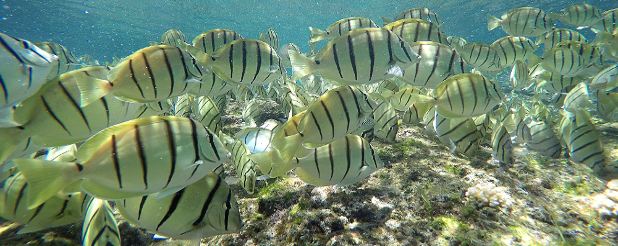

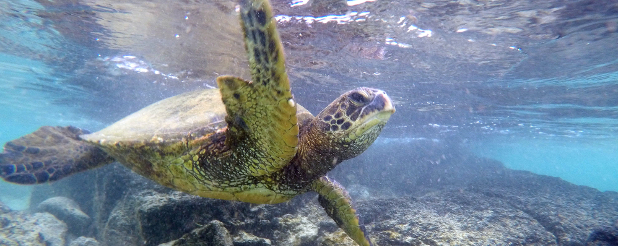
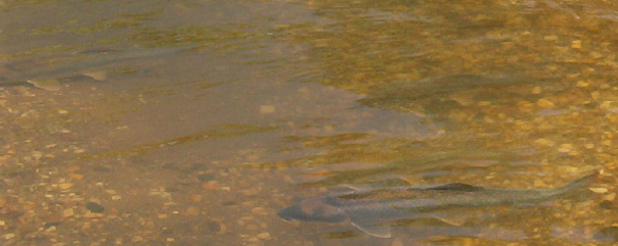
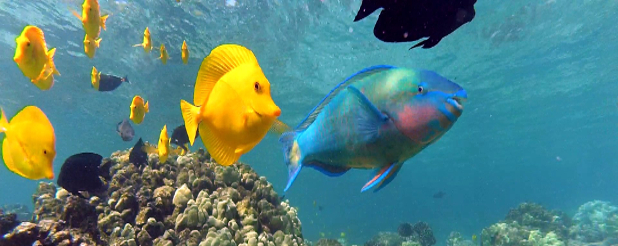

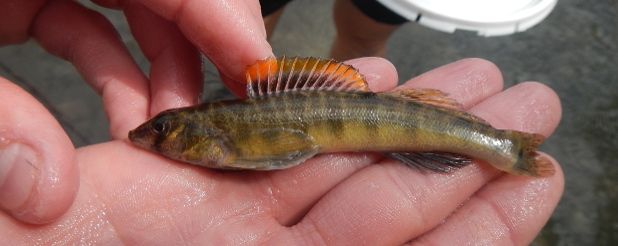
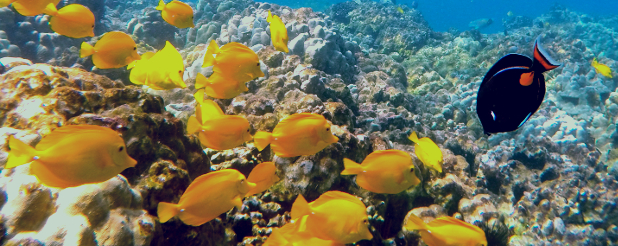

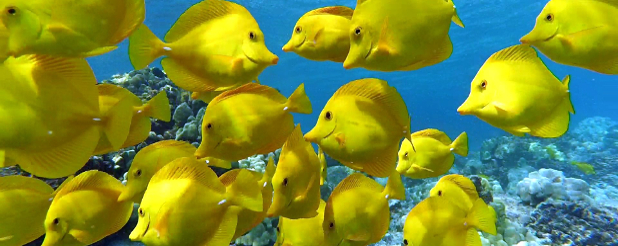

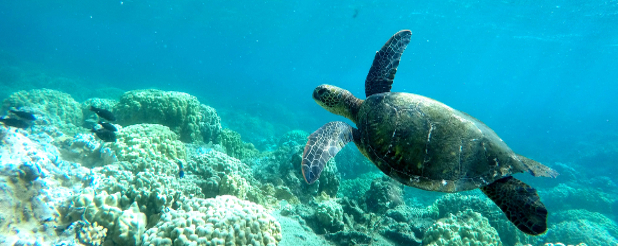
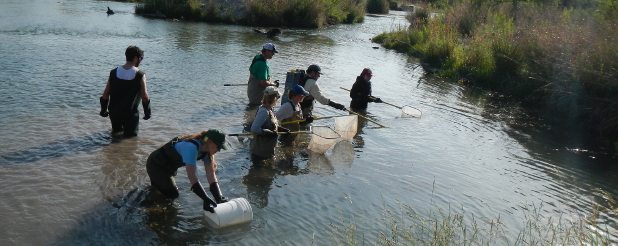
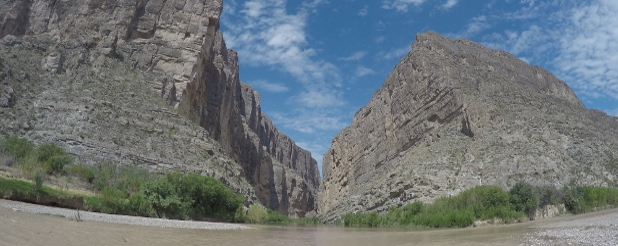
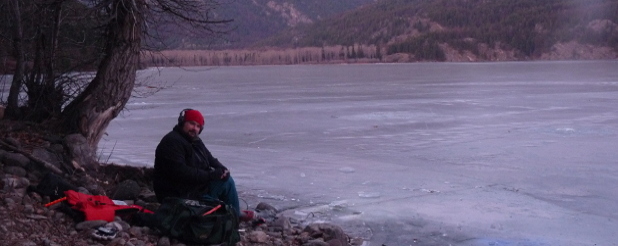
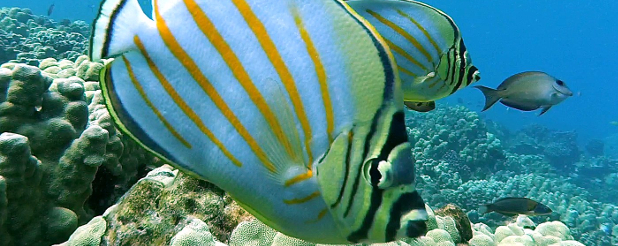

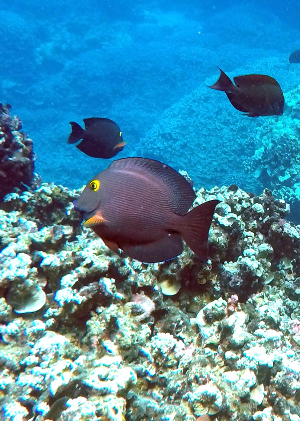 |
How will changing reefscapes affect the prevalence of ciguatera on Hawaiian reefs?Ciguatera fish poisoning (CFP) is caused by consumption of reef fishes containing toxins produced by epiphytic dinoflagellates in the genus Gambierdiscus. Anthropogenic climate change and altered of reef fish assemblages have the potential to increase the abundance and range of Gambierdiscus sp. However, it is not clear how changes to reef ecosystems interact to influence the risk of CFP posed to local communities dependent upon reef fisheries. For example, coral bleaching events driven by anthropogenic climate change result in the loss of live coral increasing in the habitat available for the algae that Gambierdiscus sp. attach to. Herbivorous fishes help to control the growth of algae in reef systems, but also serve as the primary conduit of ciguatoxins to higher trophic levels. Therefore, the objectives of this study are to evaluate the relationship between a loss of coral cover, herbivorous fish biomass, and the prevalence of ciguatoxins in a high-level predator, Peacock Grouper (Roi) Cephalopholis argus, and an herbivore commonly targeted by anglers, Goldring Bristletooth (Kole) Ctenochaetus strigosus using a commercially-available fluorescent receptor binding assay. Fishes will be sampled quarterly across sites that experienced differential rates of loss and recovery of live coral cover and split between sites where herbivorous fishes are protected from harvest and where harvest is allowed. This project is jointly funded by the Pacific Islands Climate Adaptation Science Center through the University of Hawai'i-Hilo and the U.S Fish and Wildlife Service. |
Impact of extreme flow events on native and nonnative fauna in Hawaiian stream ecosystemsHow global climate change affects the vulnerability of local habitats to the establishment of invasive species is poorly understood. Hawaiian streams are naturally flashy systems that regularly experience extreme high flow events associated with precipitation events, and the occurrence of native fishes seems to be positively correlated with these extreme events. However, it is not clear how non-native species respond to the extreme flow events common in Hawaiian streams and whether changing flow regimes associated with climate change leave Hawaiian streams more vulnerable to invasion. In collaboration with Dr. Yinphan Tsang and her team from the Department of Natural Resources and Environmental Management at the University of Hawai'i-Manoa, we are evaluating the swimming performance of common invasive species from Hawaiian streams: Western Mosquitofish Gambusia affinis, Suckermouth Catfish Hypostomus plecostomus, Nile Tilapia Oreochromis niloticus, and Blackchin Tilapia Sarotherodon melanotheron. These data will be used to predict the effect of extreme high flow events on non-native fish populations in various stream reaches. This project is funded by the Pacific Islands Climate Adaptation Science Center. |
|
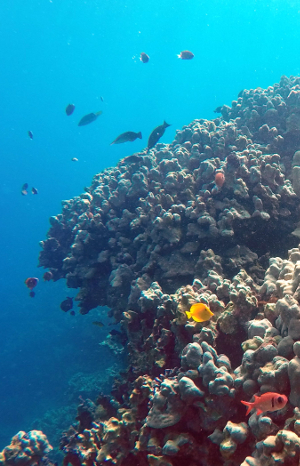 |
Incorporating detection and occupancy coefficients of Pacific Islands coral reef fishes into biomass estimation proceduresCoral reef fishery management relies on visual surveys that are then used to estimate biomass density in order to monitor changes in population size or assemblage structure. These biomass estimates generated from underwater visual surveys make two assumptions: reef fishes are perfectly detected, and all suitable habitat is occupied. However, these assumptions are unlikely to be met, and failing to account for them can result in biased biomass estimates. Our objective is to assess how accounting for imperfect detection and occupancy influence reef fish biomass estimates throughout the Pacific. To accomplish this, we generated detection and occupancy coefficients for all reef fishes appearing in the 2010-2017 monitoring data generated by the Pacific Islands Fisheries Science Centers Coral Reef Ecosystem Program. We then applied these coefficients to generate a corrected biomass estimate and compared it to each species' original biomass estimate. We applied frequentist detection and occupancy modeling to 549 species of coral reef fishes representing 55 families from across the Pacific. The occupancy- and detection-corrected biomass estimates suggest that current methods underestimate the biomass of common species, such as damselfishes, butterflyfishes, and wrasses. However, the biomass of larger-bodied predatory fishes, such as jacks, snappers, and groupers, seems to be overestimated. Herbivorous fishes, such as surgeonfishes and parrotfishes, did not exhibit a consistent pattern, with some species being overestimated and others underestimated. While this approach has assumptions requiring validation, it highlights several areas where current survey methods could be improved by accounting for detection and occupancy. Funding for this work was provided by the Western Pacific Regional Fishery Management Council through its Coral Reef Conservation Program Cooperative Agreement. |
 |
Estimating population size and demographics of Tiger Sharks in west Hawaiʻi using photo-identification and photogrammetryTiger Sharks Galeocerdo cuvier hold an important role both in Hawaiian culture and nearshore marine ecosystems. Despite having life history traits that make them vulnerable to extractive practices, and being listed as near threatened by the IUCN, there is a lack of demographic data needed to inform and develop effective management strategies for Tiger Shark populations. With the majority of shark populations declining, and the relatively recent Tiger Shark culls in Hawaiʻi, it is crucial to unobtrusively obtain demographic data such as size and abundance. Tiger Sharks are prime candidates for photo-identification and photogrammetry due to their large size, naturally identifiable features, and conduciveness to being photographed. This study seeks to use photo-identification and photogrammetry to non-invasively identify individuals and estimate demographics of Tiger Sharks in west Hawaiʻi. This will provide useful demographic data to advise management of Tiger Sharks in Hawaiʻi while promoting cultural respect, ensuring that no further impact is made on their fitness or abundance, and maintaining their fundamental ecological benefits. Photo by Kaikea Nakachi. |
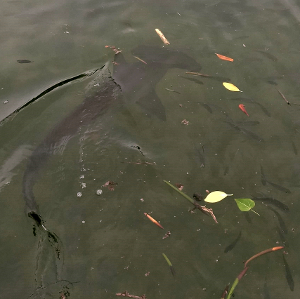 |
Reconstructing changes in the distribution and abundance of juvenile Scalloped Hammerhead in Hilo Bay, Hawai'i through the use local traditional ecological knowledgeScalloped Hammerhead (Manō Kihikihi) Sphyrna lewini is an imperiled coastal-pelagic shark found worldwide that uses nearshore, estuarine habitat during its first 1-2 years. In Hilo Bay, Hawai'i there have been anecdotal reports of a decline in Scalloped Hammerhead abundance, but no long-term monitoring data to determine the extent of the decline, if any, or causative factors. Therefore, the objectives of the proposed study are to evaluate the status and population trends of Scalloped Hammerhead in Hilo Bay using fisher interview data to approximate temporal and spatial trends in catch per unit effort (CPUE) and to reconstruct species distributions. We will also use acoustic telemetry to evaluate the current distribution and habitat use of Scalloped Hammerhead in Hilo Bay in order to compare to the estimates generated by fisher interview data. |
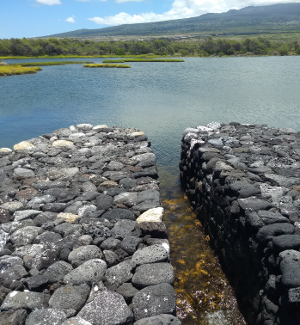 |
Assessing fish habitat and population dynamics of fisheries resources at Kaloko FishpondThroughout Hawaiʻi, fishponds are viewed as important cultural touchstones, a source of local, sustainably produced food, and an important component to the development of community-based management for nearshore fisheries. Within Kaloko Honokōhau National Historical Park the restoration of Kaloko Fishpond for traditional aquaculture is a goal of both the National Park Service (NPS) and a dedicated community group. However, existing data on the demographics and condition of the fish populations within the pond are limited. Furthermore, significantly altered environmental conditions have made initiating sustainable fishpond management based on the traditional methods established prior to European contact challenging. Therefore, we are working with NPS and community members to develop a non-invasive, shore-based visual survey method that is compatible with traditional beliefs and practices and can be implemented by community members. Together, we are also building an analytical tool that can be use these data to to monitor changes in fish recruitment and abundance. We are also conducting larval fish surveys to evaluate the composition of larva moving into the pond. This work is funded by the National Park Service |
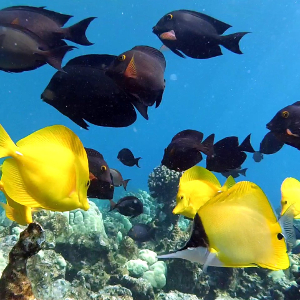 |
Development of a low-cost, near-360° camera system as a tool to assess reef fish occupancy, behavior, and fine-scale habitat useThe use of game trail cameras has revolutionized the study of terrestrial wildlife. Technological advancements with action cameras would seem to offer a similar opportunity for studying underwater wildlife. We have developed a low-cost underwater camera system using off-the-shelf technology with the goal of using it to conduct research on the habitat use, distribution, behavior, and demographics of reef fishes. This is a long-term project with the potential for numerous studies. However, at the moment we are pursuing three objectives: 1)comparing species composition, detection probabilities, and relative abundance estimates between the camera-based system and visual surveys; 2) evaluating whether the factors influencing occupancy and abundance of selected fish species differ between the Wai‘ōpae Marine Life Conservation District (MLCD) prior to its destruction in the 2018 eruption of Kilauea and adjacent unprotected areas; and 3) constructing high-resolution, 3D models of reef fish habitat use. The Grabowski Lab is working on this project in collaboration with Dr. John Burns at the University of Hawaii-Hilo and Dr. Sarah Fritts at Texas State University. |
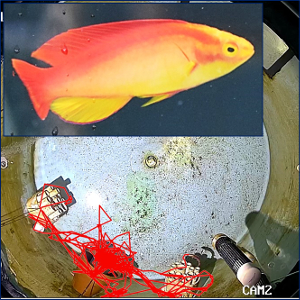 |
Understanding the relationship between behavior and sequential hermaphroditism in endemic Hawaiian reef fishesReef fishes lead interesting sex lives. Numerous taxa have evolved life history strategies where individuals begin life as one sex, only to transition to the other at a later point. These sequential hermaphrodites pose unique challenges to conservation and management efforts. The objectives of this study are to 1) describe the mating systems of several endemic Hawaiian reef fishes, including Flame Wrasse Cirrhilabrus jordani, Potter’s Angelfish Centropyge potteri, and Hawaiian Longfin Anthias Pseudanthias hawaiiensis; and 2) evaluate how behavioral interactions between individuals influences the transition from female to male. This long-term project represents the first collaborative effort between the Hawaii Cooperative Fishery Research Unit and the Pacific Aquaculture and Coastal Resources Center (PACRC). |
 |
Evaluating the influence of founder effects on local adaptation in reef fishesThe primary objectives of this study are to 1) quantify the degree to which Peacock Grouper (roi) Cephalopholis argus exhibit localized adaptions in morphology, diet, and life history traits associated with environmental gradients in the main Hawaiian Islands and the Northwest Hawaiian Islands and 2) characterize the how these traits have changed relative to populations in its native range since the species was introduced to Hawaii in the 1950s. There are a number of secondary objectives associated with this study including 1) evaluating the effects of repeated removal efforts on a Peacock Grouper population in the newly established fish replenishment area at Kaʻūpūlehu; 2) archive materials for assessing the occurrence and prevalence of ciguatera in Hawaii; and 3) continue data collection activities associated with community-based invasive species removal efforts throughout Hawaii. |